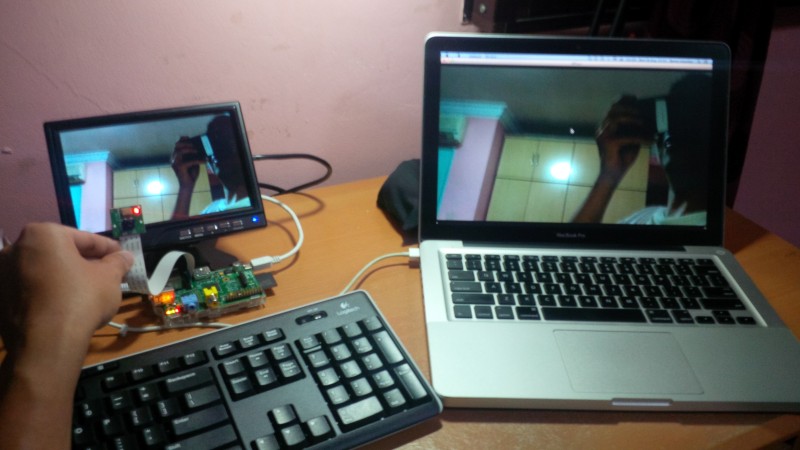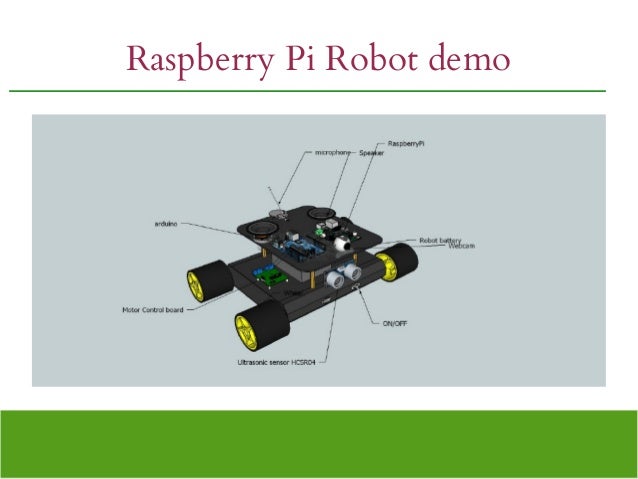How To Install Mplayer Raspberry Pi
(This is on a Raspberry Pi B running 2014-09-09-wheezy-raspbian, update and upgrade have been run, mplayer is installed and tested, coding using Python 3) I only dabble in Linux and Pi so I have c. Astanga hrdayam. This video explains how to install VLC on the Raspberry Pi computer. To install VLC player, you must input the below command into the Pi's terminal: sudo apt.
(This is on a Raspberry Pi B running 2014-09-09-wheezy-raspbian, update and upgrade have been run, mplayer is installed and tested, coding using Python 3) I only dabble in Linux and Pi so I have come to the experts for guidance.
To install MediaPlayer.
Download the latest MediaPlayer.zip from https://github.com/PeteManchester/MediaPlayer/releases
Check if you have Java installed enter
java -version
If you don't already have Java installed you will need to Install Java.
Once you have Java installed you can start the installation.
Install either MPD or MPlayer, if you already know which player you are going to use you don't need to install both, just the one you want to use.
Install MPD
sudo apt-get install mpd
Or install MPlayer
sudo apt-get install mplayer
Raspberry Pi Install Android
Extract the MediaPlayer.zip to the /home/pi/ directory (this should include the mediaplayer_lib directory)
Change directory to /home/pi/mediaplayer
cd /home/pi/mediaplayer
Make the run.sh executable
sudo chmod +x run.sh
To test run the mediaplayer
sudo /home/pi/mediaplayer/run.sh
Some people have experienced issue with ^M characters being present in the run.sh after copying on the raspi (seems to be when copying from a Mac). You can check by using vi (sorry!!), if they are present you need to edit them out. (All scripts should not contain any ^M characters now)
Or to clean a file of ^M characters use the following command:
sed -i 's/r$//g' <filename>
Or you can create your own run.sh by using nano, enter the text:
Ian has supplied some scripts that configure mediaplayer as a service:
Edit the scripts in the mediaplayer/scripts folder.
In the mediaplayer.sh script put the correct path to your mediaplayer directory.
In the mediaplayer.init script edit the USER and GROUP
Some of the scripts now seem to have got ^M characters in them, to clean a file of ^M characters use the following commands:
and then run the following commands:
Once the service is installed mediplayer will be started when the raspberry pi boots up.You can also run the following commands
sudo service mediaplayer status/start/stop/restart
If for any reason you need to remove the mediaplayer service, use the following command
insserv -r mediaplayer
For those who are using only a Wifi connection you might need to disable the Power Management of your Wifi Adapter.If you run iwconfig
`iwconfig'
You can see if Power Management is enabled:

If it is enabled you might need to disable it by editing the rc.local file:
sudo nano /etc/rc.local
And add the lines:
For example:
If you are using a USB DAC on Wheezy or before you may need to edit the /etc/modprobe.d/alsa-base.conf to enable the USB DAC.
nano /etc/modprobe.d/alsa-base.conf
And comment out the line
options snd-usb-audio index=-2
so it will be
#options snd-usb-audio index=-2
If you are using a DAC on Jessie then you need to follow these instructions to make your USB SoundCard the default sound card: Download tum ek gorakh dhanda ho full mp3.
First of all, check to see what order your cards have been loaded in:
$ cat /proc/asound/modules0 snd_bcm28351 snd_usb_audioCounting cards begins from 0 so the default bcm2835 is loaded first and my USB card which has my mic is loaded second.
To reorder my cards, I first create a file named /etc/modprobe.d/alsa-base.conf. It can be named anything you want as long as it ends with .conf. I then added the following:
• The crashing of applications and PC I are prevented. Dll tool crack download. • It counters deterioration over time with available licenses from 12 months to 3 years. • It is simple to use and has a two in one interface. System Requirements • 1GHz processor • 512MB memory • 25MB free space • 800×600 screen resolution Supported Operating Systems for DLL Fixer • Windows XP • Windows 2003 • Windows Vista • Windows 7 • Windows 8 DLL Files Fixer Key DF8FH84-FJKDIE-DFJKDI-DFJKDIRJ FJKDIEJE-DFJKD-GJKDIE-GJKDHEU How to Crack All Files Fixer Keygen Once you are on the program’s website, you will see the appropriate links click on.
# This sets the index value of the cards but doesn't reorder.options snd_usb_audio index=0options snd_bcm2835 index=1# Does the reordering.options snd slots=snd_usb_audio,snd_bcm2835

The comments should explain what each line does. Once you do that, it seems you have to reboot your machine for it to work.
If you are using an ArchLinux Raspi, please note, that you need to have the package binutils (we need the binary readelf) installed, to automatically detect the ABI (HardFloat or SoftFloat). Furthermore (on all platforms) you can link the corresponding lib directory to the default directory, e.g.

Currently we do provide the ohNet Libs for Win x86, Win x64, Linux i386, Linux x64, Linux Arm v5sf, Linux Arm v6sf, Linux Arm v6hf and Linux Arm v7.
Last week I published a blog and video of watching a DVD in Raspbian using omxplayer. At that time, as far as I could make out, nobody had managed to watch a commercial encrypted DVD, with the DVD drive attached to the Pi, but I figured it was only a matter of time. I ended that blog with…
There is a way to watch encrypted DVDs in linux, but I haven’t sorted it out on my Pi yet. Hopefully a future video will detail that process.
Well, I tried a few different things but was unable to get it working. However, one of the forum members, mikerr, has come up with a creative way to get the job done. This is the thread mikerr started, here.
How To Install Mplayer Ce On Wii
Basically, you install mplayer, compile and install the libdvdcss decryption library and then set up a video stream in the background, which you then view with omxplayer. It puts all the elements together in a way that works on the Raspberry Pi. :)
So now I’m going to show you how it’s done…
Starting Point
I started with a freshly flashed SD card containing the August release of Raspbian, then fully updated/upgraded it.
sudo apt-get update (This takes a little while ~15 mins)
sudo apt-get upgrade
Then install mplayer, which handles the decryption and streaming for us…
I did the whole install starting from /home/pi
How To Install Mplayer Raspberry Pi
cd /home/pi (to confirm)
sudo apt-get install mplayer
Y
Compiling libdvdcss
wget http://www.videolan.org/pub/libdvdcss/1.2.12/libdvdcss-1.2.12.tar.bz2 (download the zipped archive)bunzip2 libdvdcss-1.2.12.tar.bz2 (unzip the archive)tar -xvf libdvdcss-1.2.12.tar (unarchive the files)
cd libdvdcss-1.2.12 (change to the libdvdcss directory)./configure (run the configuration)make (compile libdvdcss)sudo make install (install the compiled files)
sudo cp /usr/local/lib/libdvdcss* /lib (copy the installed files to /lib)
Streaming a DVD
For reasons that I don’t understand, this works for me when I use ssh for the last two commands and not if I do it from the keyboard attached to the Pi. I’m sure someone could figure this out, but not me. ;)
mkfifo /tmp/dvdpipe
Then I ssh into the Pi to execute the next two commands…
mplayer dvd://1 -dumpstream -dumpfile /tmp/dvdpipe 1>/dev/null 2>/dev/null </dev/null & (sets up the stream)
omxplayer -o hdmi -r /tmp/dvdpipe (uses omxplayer to view the stream)
That’s the quick and dirty instructional. I’ll see if I can make a video tomorrow. :)



